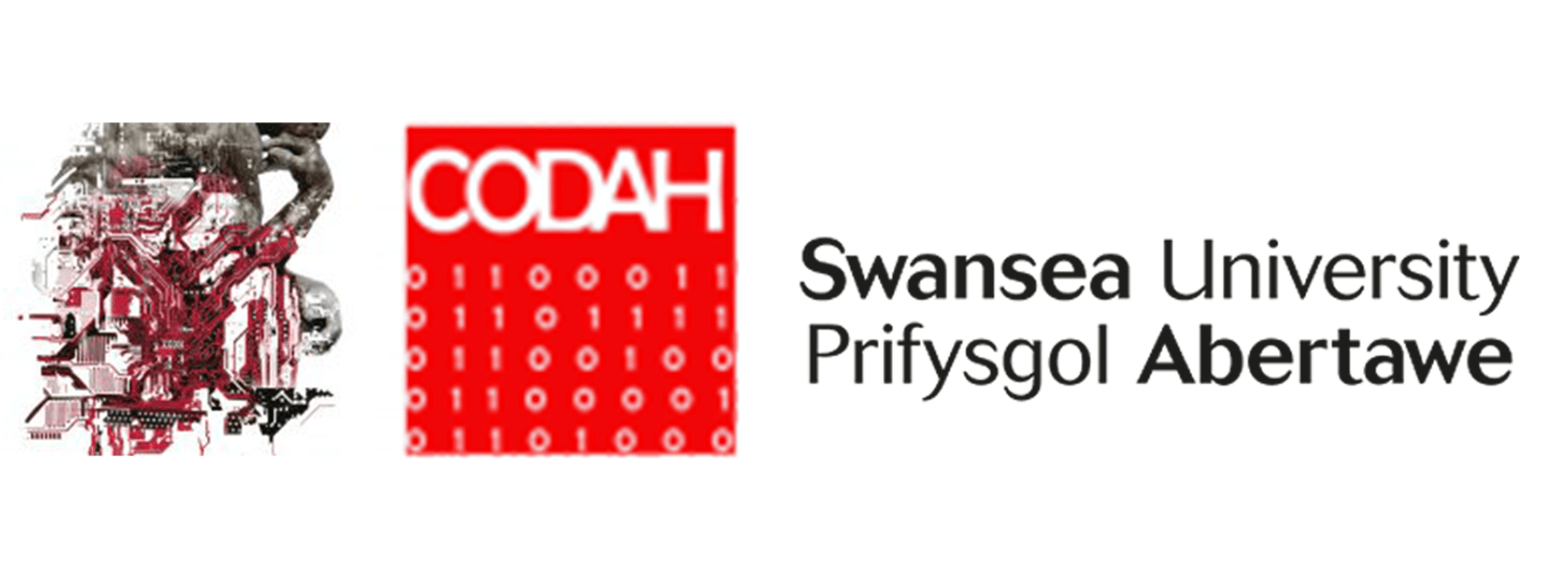On 23 March the Centre on Digital Arts and Humanities hosted a workshop on the use of digital technologies for teaching and research. The event was organised by Dr Chris Millington (History and Classics), and supported by a British Academy Rising Star Engagement Award and Swansea University’s Research Institute for the Arts and Humanities.
Three speakers took part in the workshop. Each of the papers presented opportunities for the application of digital technologies in and outside the classroom, such as the use of digital archives that could be accessed in class, and the exploration of historical sites aided by digital guides to bring study of the past to life.
Prof. Huw Bowen (History and Classics) began by raising the challenges that researchers face in engaging with digital technologies, namely defining research questions that apply to (and interest) academics in the humanities and social sciences, as well as those in the computer sciences. This is not always easy but Prof. Bowen explained how he has addressed the issue through his work on the Cu@Swansea heritage-led regeneration of the former site of the Hafod-Morfa Copperworks.
Several aspects of the project speak to the combination of technology with historical research. Visitors to the site can use technology such as wind-up speakers to learn more about its history; it is hoped that in future digital trails will guide tourists around the former works. A partial digital modelling of the site has been undertaken to convey to visitors the size and scale of the works, where today only parts of it still exist. The next challenge is to reconstruct the site as a whole. Prof. Bowen finished by raising the problem of public access to digital technology in an area with a high digital exclusion rate; how can this be overcome in a resource-constrained community?
The second speaker was Rick Turner, a PhD student at Swansea University. Rick explained his work on the digital reconstruction of Holt Castle in north Wales. Only fragments remain of Holt Castle, Denbighshire, one of the most architecturally-ambitious castles of Edward I’s reign. However, there is extensive documentary and pictorial evidence of its appearance and layout prior to its demolition in the 17th century. Rick explained how the different strands of evidence were weighed to produce a complete digital model of the castle and an animated tour of the site available on YouTube.
The final speaker at the workshop was Michael Goodman, a PhD student at Cardiff University. Michael presented his work on The Victorian Illustrated Shakespeare Archive, an online open access resource counting around 3,500 illustrations taken from four major editions of Shakespeare’s plays. The archive will go live during summer 2016. Michael’s paper explored the creation of the archive and the problems he encountered in constructing it. The digital archive has great potential as a research tool and deserves wide attention. Michael has also curated an exhibition, ‘Illustrating Shakepeare‘. at Cardiff University.



